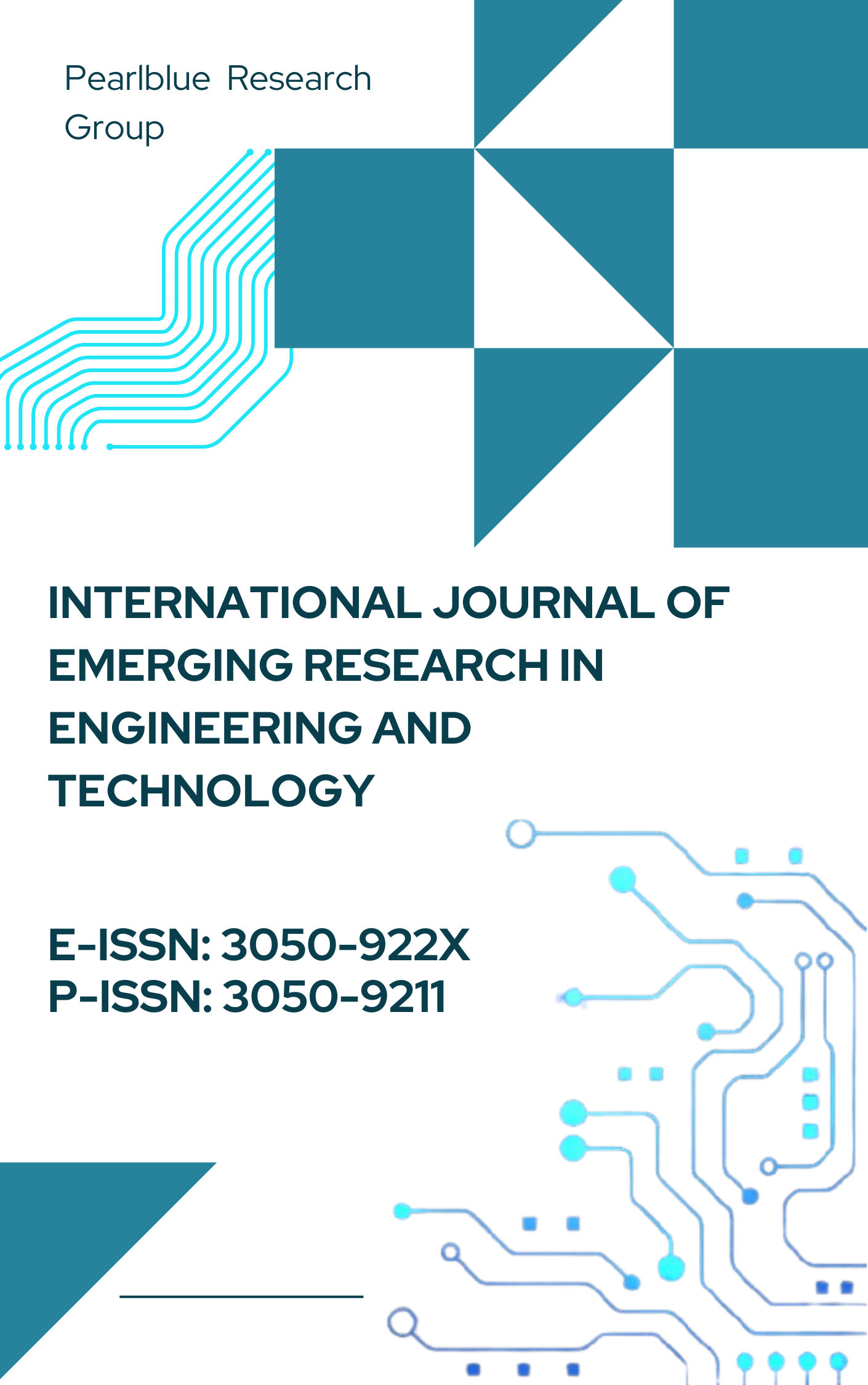Self-Evolving AI Workflows: A Formalized Feedback Model for Autonomous Optimization
DOI:
https://doi.org/10.63282/3050-922X.IJERET-V6I3P104Keywords:
Autonomous Systems, Feedback Optimization, Machine Learning Workflows, Performance Adaptation, Process Restructuring, Reinforcement Learning, Self-Evolving Architectures, Self-Optimization, Task Delegation, Workflow MutationAbstract
This paper presents a computational framework for the autonomous optimization of AI workflows. It formalizes a self-evolving process where AI systems dynamically restructure their opera- tional sequences in response to performance feedback and changing objectives. By modeling workflows as adaptive dependency graphs and detailing an algorithmic approach to recursive task delegation, this work provides a blueprint for continuous self-improvement in AI. This paper AI & ML (Modeling Feedback mechanism, formalizing the learning process) demonstrates how a governed feedback loop enables AI systems to autonomously learn and refine their operational dynamics
References
[1] M. Zaharia et al., “Apache spark: a unified engine for big data processing,” Communications of the ACM, vol. 59, no. 11, pp. 56–65, 2016.
[2] S. Amershi and et al., “Software engineering for machine learning: A case study,” in ICSE, 2019.
[3] M. Z¨oller and M. Huber, “Benchmarking automated machine learning frameworks,” Journal of Artificial Intelli- gence Research, vol. 70, pp. 409–472, 2021.
[4] M. Feurer and et al., “Efficient and robust automated machine learning,” in NeurIPS, 2015.
[5] L. Li and et al., “Hyperband: A novel bandit-based approach to hyperparameter optimization,” in ICLR, 2017.
[6] M. Gudgin et al., “Business process execution language for web services (bpel4ws) 1.1,” IBM DeveloperWorks, 2005.
[7] D. Baylor and et al., “Tfx: A tensorflow-based production-scale machine learning platform,” in KDD, 2017.
[8] M. Zaharia and et al., “Accelerating the machine learning lifecycle with mlflow,” in Data + AI Summit, 2018.
[9] S. Schelter and et al., “Automated monitoring for ml workflows with ml-metadata,” in SysML, 2019.
[10] “Kubeflow pipelines documentation,” https://www.kubeflow.org/docs/components/pipelines/, accessed: 2025- 07-17.
[11] T. Zhang and et al., “A survey on workflow orchestration and management in data-driven systems,” ACM Computing Surveys, 2021.
[12] S. Schelter and et al., “Automated machine learning on big data using stochastic algorithm tuning,” in KDD, 2018.
[13] M. Park et al., “Mlpipe: Simplifying and automating machine learning pipelines,” in ICML AutoML Workshop, 2019.
[14] Y. Zheng and et al., “An end-to-end framework for data-driven workflow optimization,” VLDB, 2020.
[15] N. Fusi and et al., “Probabilistic matrix factorization for automated machine learning,” in NeurIPS, 2018.
[16] E. Breck and et al., “The ml test score: A rubric for production readiness,” Google Research Blog, 2017.
[17] N. Laptev and et al., “Generic and scalable framework for automated time-series anomaly detection,” in KDD, 2015.
[18] M. Zaharia and et al., “Structured streaming: A declarative api for real-time applications in apache spark,” in
[19] VLDB, 2016.
[20] R. S. Sutton and A. G. Barto, Reinforcement Learning: An Introduction. MIT Press, 2018.
[21] L. Buesing and et al., “Woulda, coulda, shoulda: Counterfactually-guided policy search,” arXiv preprint arXiv:1811.06272, 2019.
[22] G. Dulac-Arnold and et al., “Challenges of real-world reinforcement learning,” in ICML Real-World RL Workshop, 2019.
[23] F. Doshi-Velez and B. Kim, “Towards a rigorous science of interpretable machine learning,” arXiv preprint arXiv:1702.08608, 2017.
[24] B. Zoph and Q. V. Le, “Neural architecture search with reinforcement learning,” in International Conference on Learning Representations (ICLR), 2017.
[25] D. Amodei and et al., “Concrete problems in ai safety,” arXiv preprint arXiv:1606.06565, 2016.
[26] J. Pineau, P. Vincent-Lamarre, and et al., “Improving reproducibility in machine learning research,” Journal of Machine Learning Research, vol. 22, no. 2021, pp. 1–20, 2021.
[27] B. Scho¨lkopf, “Toward causal representation learning,” Proceedings of the IEEE, vol. 109, no. 5, pp. 612–634, 2021.
[28] Uddin, I., AlQahtani, S. A., Noor, S., & Khan, S. (2025). Deep-m6Am: a deep learning model for identifying N6, 2′-O-Dimethyladenosine (m6Am) sites using hybrid features. AIMS Bioengineering, 12(1).
[29] Nair, S. S., & Lakshmikanthan, G. (2024). Digital Identity Architecture for Autonomous Mobility: A Blockchain and Federation Approach. International Journal of Artificial Intelligence, Data Science, and Machine Learning, 5(2), 25-36. https://doi.org/10.63282/49s0p265



